We keep talking about species of Australia and I feel bad for the beautiful country just south east of Australia. I am of course talking about New Zealand! It looks like a great place to find intriguing animals yet it seems like we hardly talk about it. Today is going to change all of that as we are going to discuss the Kakapo which in the wild is only found in New Zealand.
Oh, so what is a Kakapo! Well, obviously it is a bird! Didn’t you look at the picture above? Okay, I will stop being a smart alec. The kakapo is a flightless, nocturnal parrot. In fact it is the largest species of Parrot in the world, weighing between 2-4 kg (4.5-9 lbs). It is the only parrot species that I know of which is flightless and nocturnal. This is a very interesting bird.
Unfortunately, the kakapo is critically endangered with only 125 living birds left in the wild. The kakapo use to flourish in New Zealand since they didn’t have to worry about mammalian predators back in the day. Without having any predators, the kakapo had no need to evolve any self-defense mechanisms. The absence of these mammalian predators may also be the reason why this particular bird evolved to be flightless. There was just no need for them to worry about being eaten. Once mammals starting being introduced to the islands of New Zealand, these defenseless birds were no match for the predators. I guess you could say it was like taking candy from a baby. Today, efforts have been made to transfer some of these endangered but maginificent bird species to islands lacking mammalian predators. The way I see it is that those 120 birds had better find a shortcut to evolution if they want to remain living in this world.
Well folks, today was just a quick Fact about the Kakapo. I hope you enjoyed it and I will see you again tomorrow.

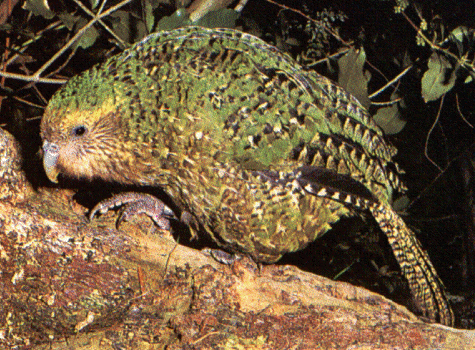

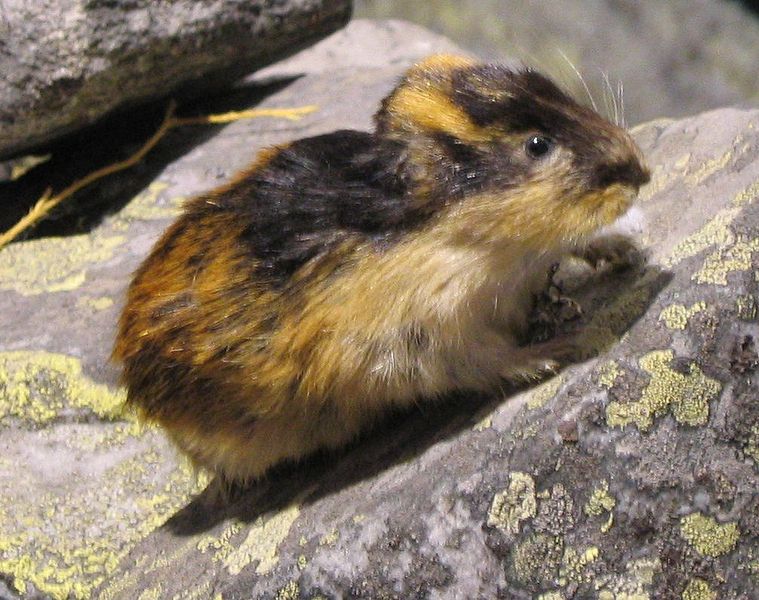
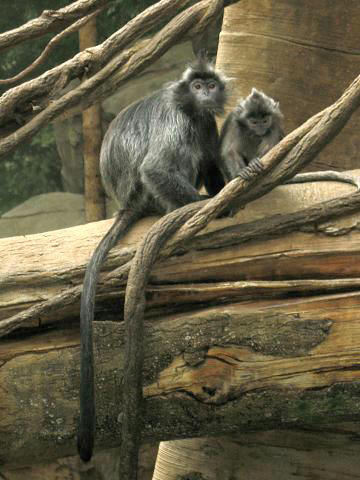

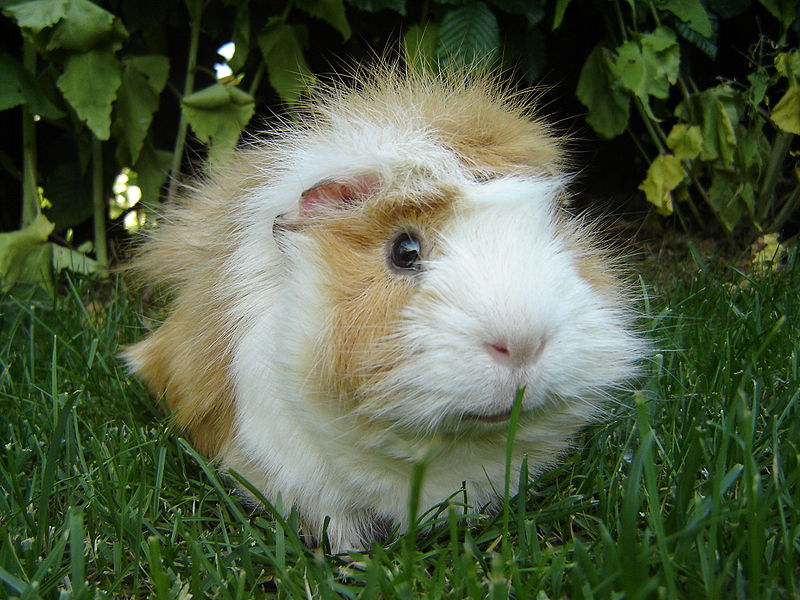
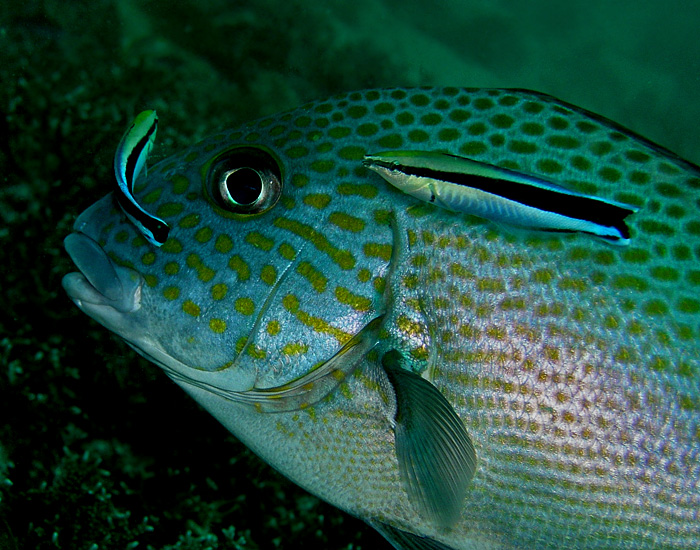
Wow, he’s got a wild color pattern doesn’t he? (er, pun intended of course *grin*) Makes for some great camo, anyway, which I guess would come in pretty handy when you don’t fly…
LOL!
I guess you need some sort of camo when you aren’t able to escape the big, mean predators. Unfortunately, I don’t think it works too well!
Oh wow I am kinda sad about that. I wouldn’t exactly describe that bird as a particularly beautiful bird but it certainly isn’t ugly and the fact that it is the largest parrot species is really cool and it is sad that it is so close to extinction. I hope they are able to revive their population to bigger numbers. It would be a shame if they went extinct.
The bird is beautiful in its own right, I suppose! It is definitely an interesting bird though. It is too bad that the population numbers are dwindling so much on these guys, however, that is the way nature works sometimes. The good news about these birds which I forgot to mention in the post is the fact that they do have a long life span with the average age being about 60 years old. This is of course provided they don’t get eaten by an introduced predator.
The current population is 122. And this is on the rise. Back in 1995 it was down to 51, the lowest number known.
Thanks for sharing this information. It is great to hear that the Kakapo is actually on the rise. Hopefully this trend will continue.
Thanks again for stopping by Wild Facts and shedding some light on the Kakapo population.
hi i am one of the kakapo lovers